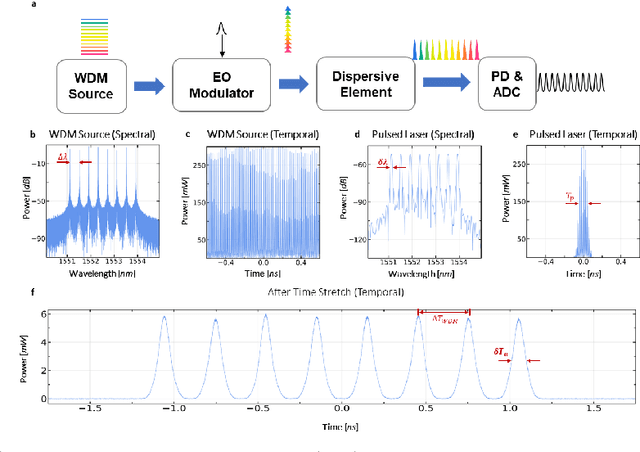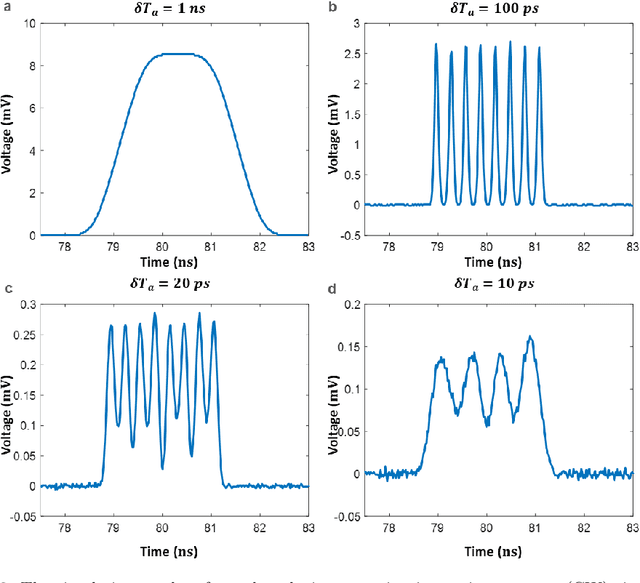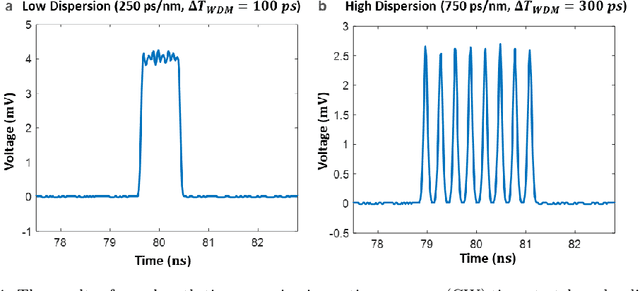Yuta Goto
Black-Box Forgetting
Nov 01, 2024Abstract:Large-scale pre-trained models (PTMs) provide remarkable zero-shot classification capability covering a wide variety of object classes. However, practical applications do not always require the classification of all kinds of objects, and leaving the model capable of recognizing unnecessary classes not only degrades overall accuracy but also leads to operational disadvantages. To mitigate this issue, we explore the selective forgetting problem for PTMs, where the task is to make the model unable to recognize only the specified classes while maintaining accuracy for the rest. All the existing methods assume "white-box" settings, where model information such as architectures, parameters, and gradients is available for training. However, PTMs are often "black-box," where information on such models is unavailable for commercial reasons or social responsibilities. In this paper, we address a novel problem of selective forgetting for black-box models, named Black-Box Forgetting, and propose an approach to the problem. Given that information on the model is unavailable, we optimize the input prompt to decrease the accuracy of specified classes through derivative-free optimization. To avoid difficult high-dimensional optimization while ensuring high forgetting performance, we propose Latent Context Sharing, which introduces common low-dimensional latent components among multiple tokens for the prompt. Experiments on four standard benchmark datasets demonstrate the superiority of our method with reasonable baselines. The code is available at https://github.com/yusukekwn/Black-Box-Forgetting.
Time Stretch with Continuous-Wave Lasers for Practical Fast Realtime Measurements
Sep 19, 2023



Abstract:Realtime high-throughput sensing and detection enables the capture of rare events within sub-picosecond time scale, which makes it possible for scientists to uncover the mystery of ultrafast physical processes. Photonic time stretch is one of the most successful approaches that utilize the ultra-wide bandwidth of mode-locked laser for detecting ultrafast signal. Though powerful, it relies on supercontinuum mode-locked laser source, which is expensive and difficult to integrate. This greatly limits the application of this technology. Here we propose a novel Continuous Wave (CW) implementation of the photonic time stretch. Instead of a supercontinuum mode-locked laser, a wavelength division multiplexed (WDM) CW laser, pulsed by electro-optic (EO) modulation, is adopted as the laser source. This opens up the possibility for low-cost integrated time stretch systems. This new approach is validated via both simulation and experiment. Two scenarios for potential application are also described.
 Add to Chrome
Add to Chrome Add to Firefox
Add to Firefox Add to Edge
Add to Edge